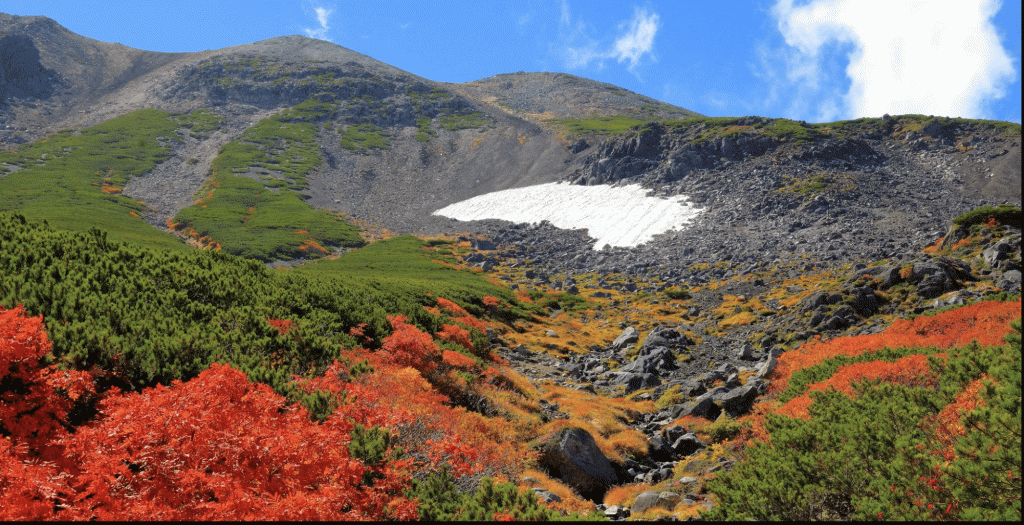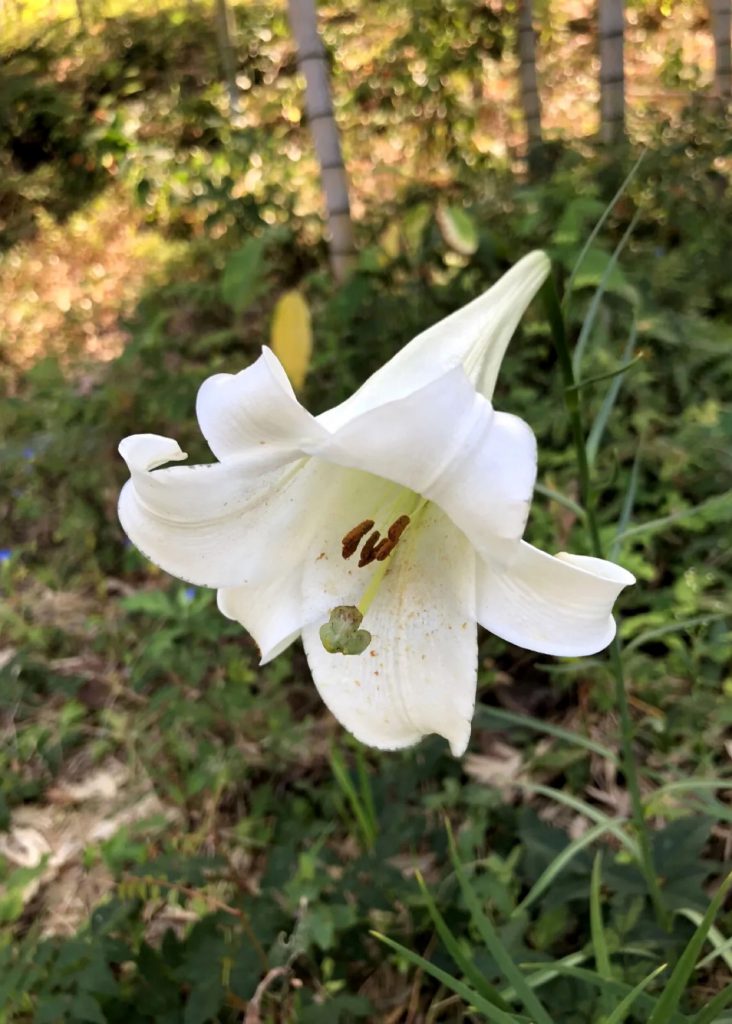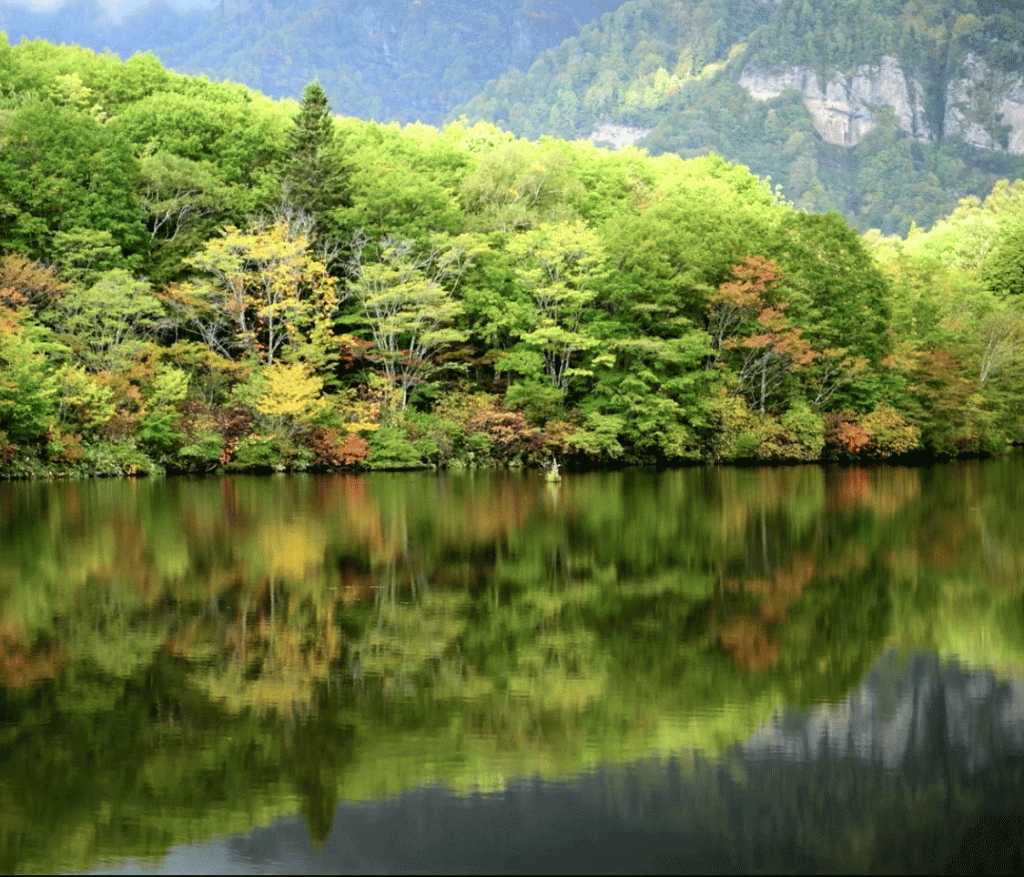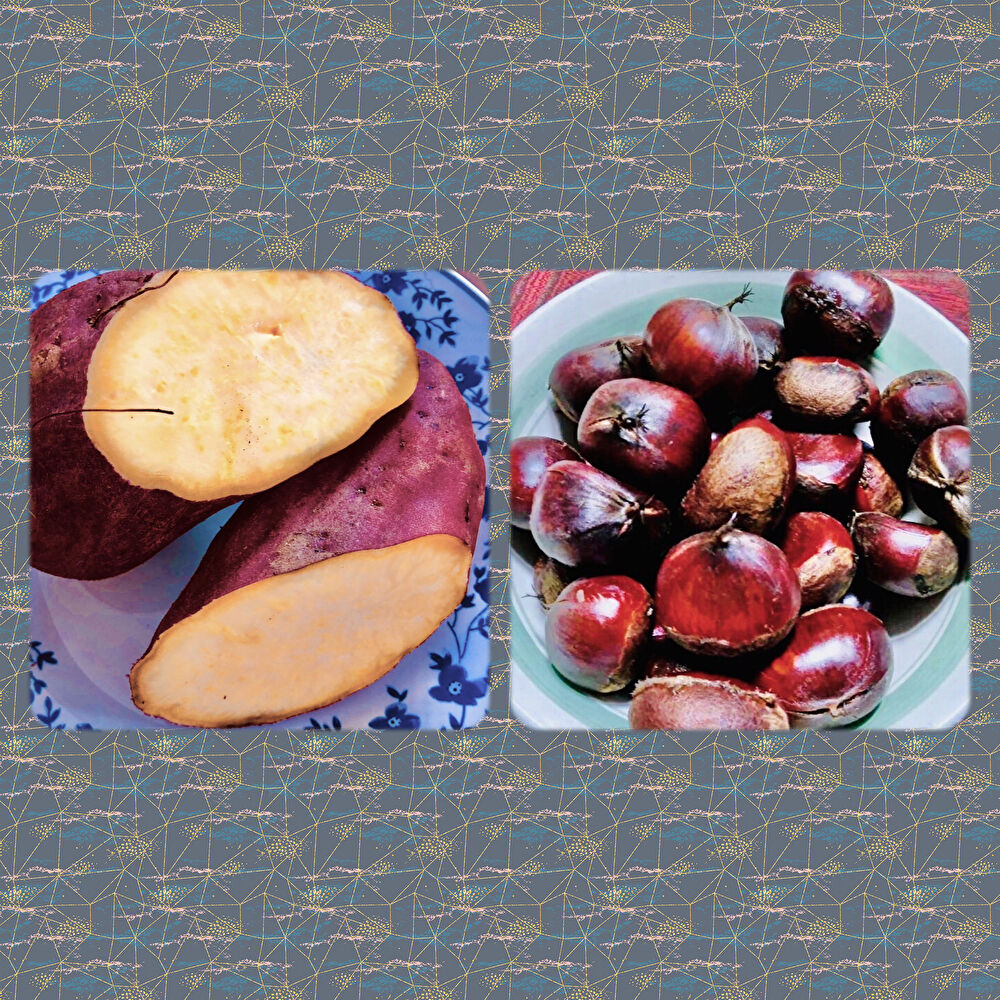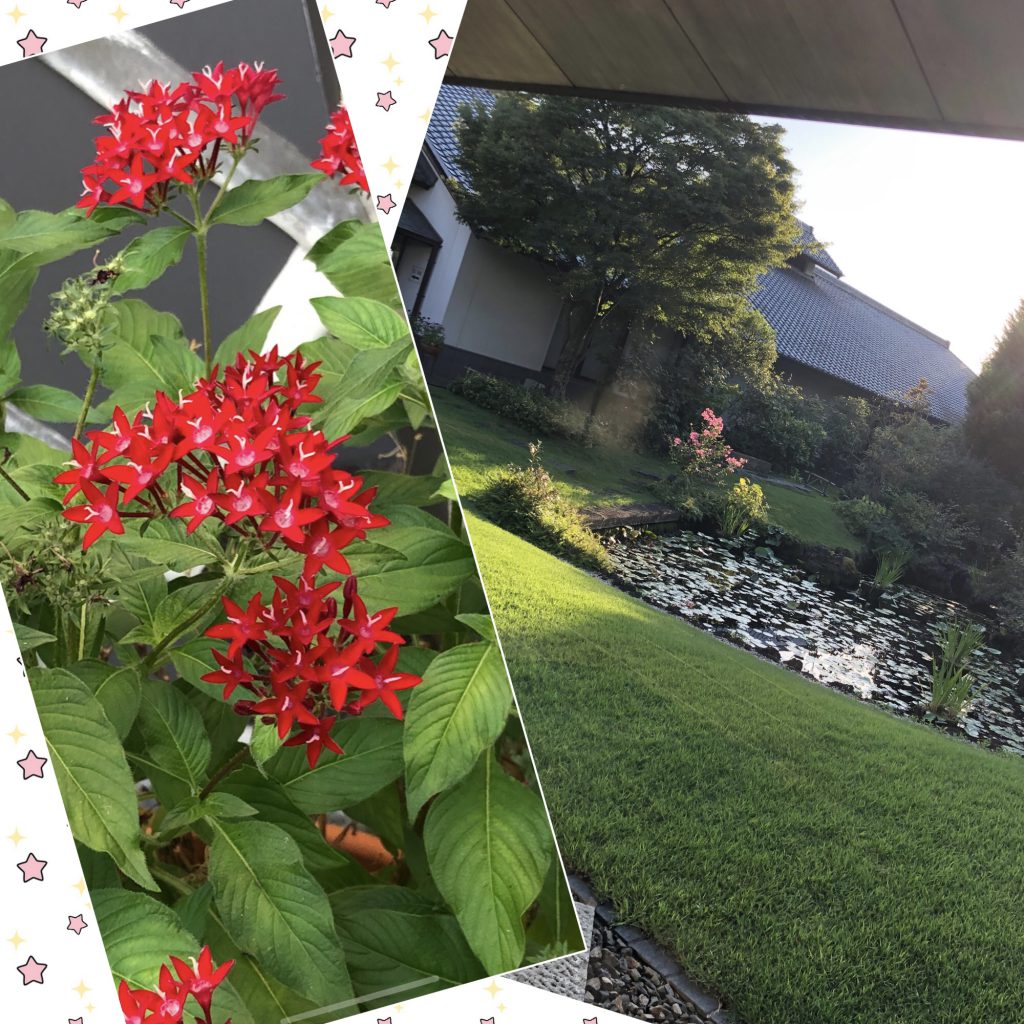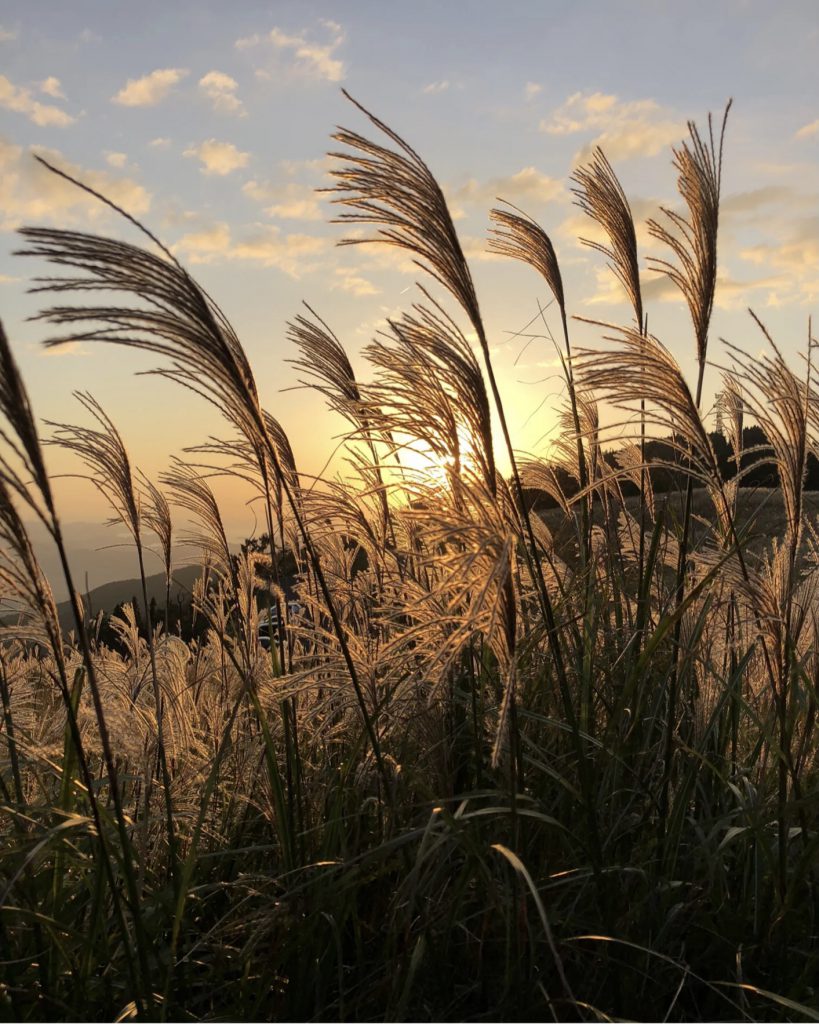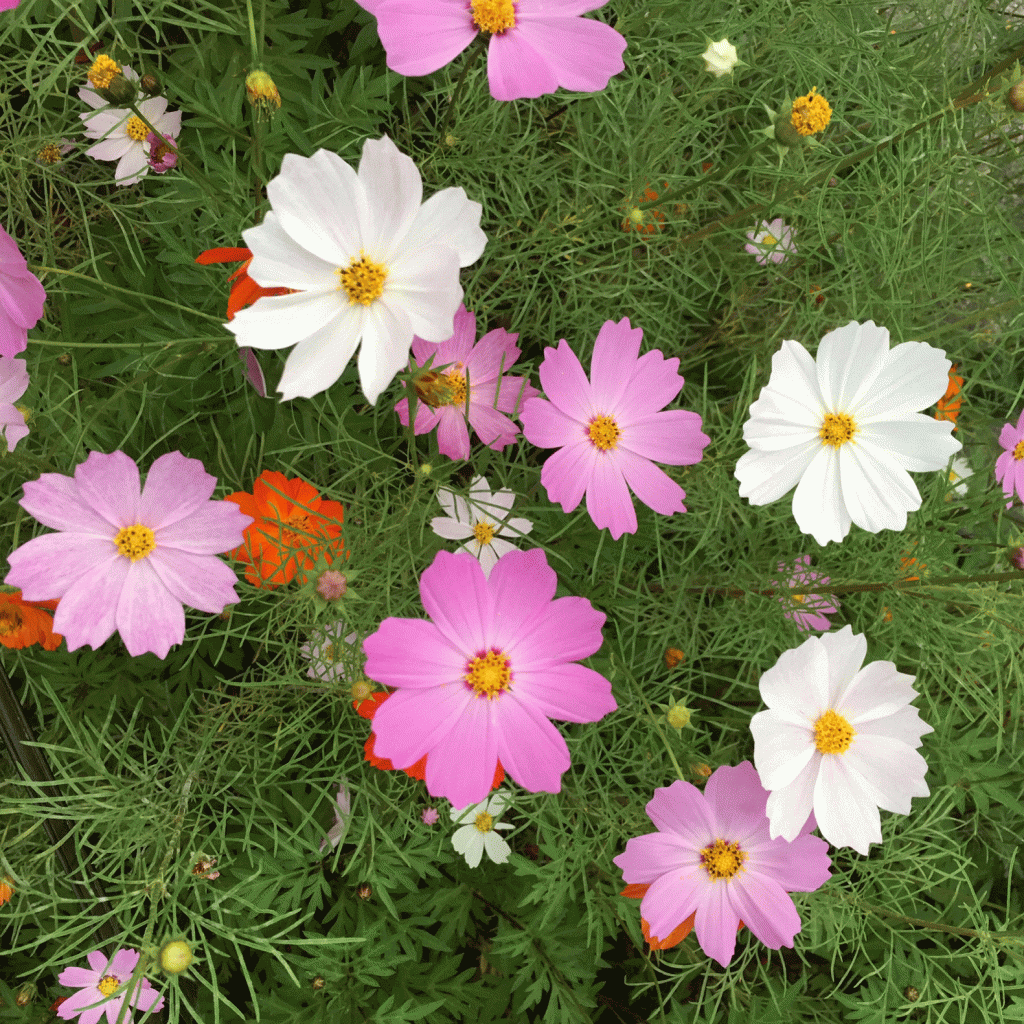
Is it okay to call it lingering heat of the summer? But the summer days are still going on. The peak of the cosmos in the park is over, but it is blooming one after another. The outline of the flower is cleare than in its best, and the thread-like leaves are bright green. Cosmos means beautiful in Greek, and from this meaning, the universe where stars twinkle beautifully has come to be called “cosmos”. In Japan, it is originally written “秋桜” and read it as “Akizakura”, but after Masashi Sada wrote and composed the lyrics and Momoe Yamaguchi sang and made a big hit “Akisakura”, “秋桜” has become to be called Cosmos.
残暑と言って良いんでしょうか、まだまだ夏日が続きます。公園のコスモスは盛りは過ぎたけれども、次々と花を咲かせています。盛りの頃より、花の輪郭がはっきりとして、糸の様な葉は緑鮮やかです。コスモス(kosmos)はギリシャ語で美しいを意味し、この意味から、星が美しく瞬く宇宙のことを「cosmos」と呼ばれるようになりました。日本では当初「秋桜」と書いて「あきざくら」と読んでいましたが、さだまさしさんが作詞作曲し、山口百恵さんが歌って大ヒットした「秋桜」をコスモスと呼ばせてから、「秋桜」をコスモスと呼ぶようになったそうです。


